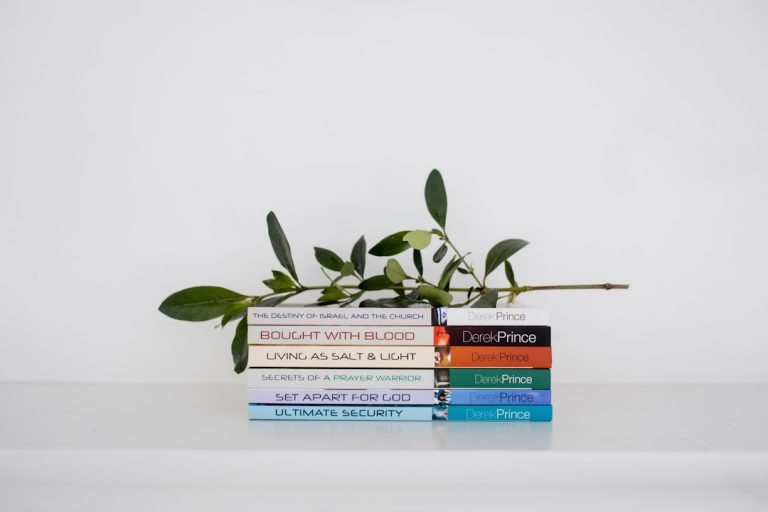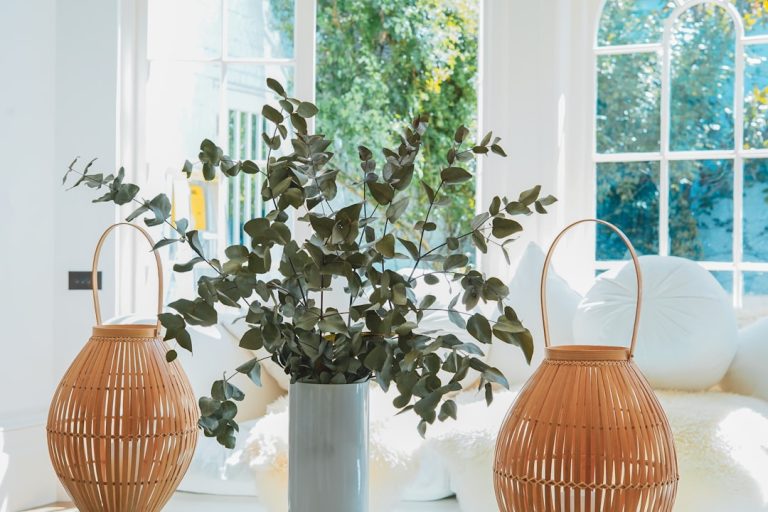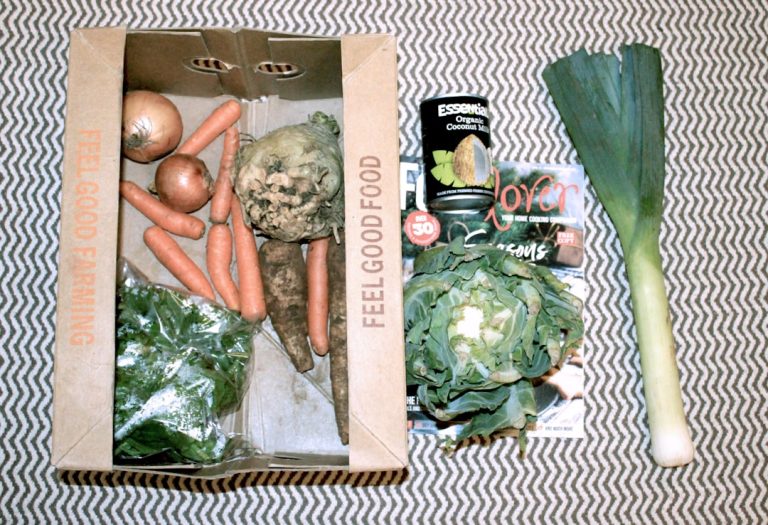My Experience with Composting Bins for Apartment Dwellers.
My Experience with Composting Bins for Apartment Dwellers
Living in an apartment often comes with its own unique set of challenges, especially when you’re trying to embrace a more sustainable lifestyle. For years, I’d watched with a twinge of envy as my friends with backyards effortlessly tossed their kitchen scraps into large outdoor compost piles. The idea of contributing to landfill waste, especially when so much of it was organic and compostable, always bothered me. But how could I, a dedicated apartment dweller with no garden space beyond a tiny balcony, possibly join the composting revolution? This burning question led me down a fascinating path, one filled with research, trial-and-error, and ultimately, a profound sense of accomplishment. My journey into apartment composting bins wasn’t just about diverting waste; it was about transforming my relationship with food scraps and discovering a surprising new hobby in the heart of the city.
The Spark That Ignited My Apartment Composting Journey
My desire to compost truly started with a growing awareness of my own environmental footprint. Every time I scraped uneaten food, vegetable peelings, or coffee grounds into the garbage, I felt a pang of guilt. I knew these organic materials, when sent to landfills, contribute significantly to methane gas emissions, a potent greenhouse gas. For someone committed to reducing waste, this was a glaring inconsistency. I wanted to close the loop, to turn what was once considered “waste” into something valuable. The thought of creating nutrient-rich soil right here in my small apartment, even if just for my few potted plants, was incredibly appealing. It felt like a tangible way to make a difference, even without a sprawling garden.
From Aspiration to Action: My Initial Research Dive
The first hurdle was the sheer perceived impossibility. “Composting in an apartment? Won’t it smell? Where will I put it? What about bugs?” These were the immediate questions that flooded my mind. My initial research was a deep dive into the world of urban composting. I quickly learned that traditional hot composting piles were out of the question, but there were several viable options for small spaces: vermicomposting (worm composting), bokashi composting, and even simple countertop collection bins for communal composting programs (which, unfortunately, weren’t available in my building). The more I read, the more I realized that apartment composting wasn’t just a pipe dream; it was a well-established practice with a dedicated community.
Deciphering the Apartment Composting Bin Maze: My Personal Selection Process
After much deliberation, I narrowed down my choices to two main contenders: vermicomposting and bokashi. Both offered distinct advantages for apartment living. Bokashi, a Japanese method, involves fermenting food waste in an airtight bin using a special inoculated bran. It’s fast, handles a wider range of food scraps (including meat and dairy in small amounts), and doesn’t attract pests. However, the output isn’t finished compost; it needs to be buried or added to a soil factory to fully break down. Vermicomposting, on the other hand, uses red wiggler worms to break down organic matter into nutrient-rich castings. It produces ready-to-use compost, but is more sensitive to what you feed the worms and requires a bit more active management.
Why I Ultimately Chose the Worm Bin for My Apartment
My decision ultimately leaned towards vermicomposting. While the idea of living with thousands of worms initially sounded daunting, the thought of producing actual, finished compost that I could use directly for my indoor plants was a huge draw. I loved the idea of a living system, a miniature ecosystem right in my home. Plus, the educational aspect of watching the worms work their magic fascinated me. I envisioned a compact, multi-tiered worm bin that could tuck away neatly in a corner of my kitchen or on my balcony. The challenge of keeping the worms happy and productive felt like a rewarding project, perfectly suited to my hands-on approach to sustainability.
The Day-to-Day Reality of Feeding My Apartment Compost Bin
Setting up my worm bin was surprisingly straightforward. I ordered a starter kit online, which included a multi-tiered plastic bin, some bedding material (shredded newspaper and coco coir), and a healthy batch of red wiggler worms. Following the instructions, I prepared their new home, added the worms, and let them settle in for a few days before their first meal. My daily routine quickly adapted. Instead of tossing fruit peels, vegetable scraps, coffee grounds, and tea bags into the trash, they went into a small countertop collection bowl. Once a day or every other day, I’d take the bowl to the worm bin, lift a corner of the bedding, and gently bury the scraps.

What My Worms Loved (and What They Didn’t)
Through trial and error, I quickly learned what my worms thrived on. They devoured fruit and vegetable scraps (especially melon rinds, banana peels, and leafy greens), coffee grounds, and crushed eggshells. They were less enthusiastic about citrus peels (which can be too acidic), onions, and garlic. I also learned to chop larger items into smaller pieces to speed up decomposition and avoid overfeeding, which can lead to anaerobic conditions and odors. Maintaining the right moisture level was also key; the bedding needed to be damp, like a wrung-out sponge. It became a satisfying ritual, knowing that each scrap was contributing to something beneficial.
Overcoming the Urban Composter’s Nemeses: Odor, Pests, and Limited Space
One of my biggest initial concerns was the dreaded “compost smell.” To my pleasant surprise, a well-managed worm bin, when balanced correctly with a good mix of “greens” (food scraps) and “browns” (bedding like shredded paper or dry leaves), doesn’t smell. It has a fresh, earthy aroma, like a forest floor after rain. Any foul odors were usually a sign of overfeeding, too much moisture, or not enough air circulation. When I did notice a slight sour smell, I’d add more dry bedding, gently aerate the bin, and reduce feeding for a day or two, and the issue would resolve itself.
My Battles with Fruit Flies and Space Constraints
Fruit flies were another common concern for apartment dwellers, and I did encounter them occasionally, especially in the warmer months. My strategy was multi-pronged: always bury food scraps completely under the bedding, avoid leaving exposed food on the surface, and ensure the lid was snug. If a small infestation occurred, a shallow bowl of apple cider vinegar with a drop of dish soap near the bin usually did the trick. As for space, my multi-tiered bin was designed to be compact, fitting neatly in a corner of my kitchen, out of direct sunlight. Its small footprint meant it wasn’t an eyesore or an obstruction, proving that even in a tiny apartment, there’s room for a little bit of green living.
Reaping the Rewards: My Apartment’s ‘Black Gold’ and Its Impact
After about three to four months, I started noticing a rich, dark, crumbly material accumulating at the bottom of my worm bin – the coveted “black gold” or worm castings. This was the moment of truth! Harvesting the compost was another learning curve. I used a method where I’d feed only one side of the bin for a few weeks, encouraging the worms to migrate, then gently scooped out the finished compost from the unfed side. It was a messy but incredibly satisfying process, yielding a small but mighty batch of the most nutrient-dense soil amendment I could imagine.
The Tangible Benefits for My Indoor Jungle
My houseplants were the first to benefit from my homemade compost. I’d mix a handful into their potting soil during repotting or sprinkle a






